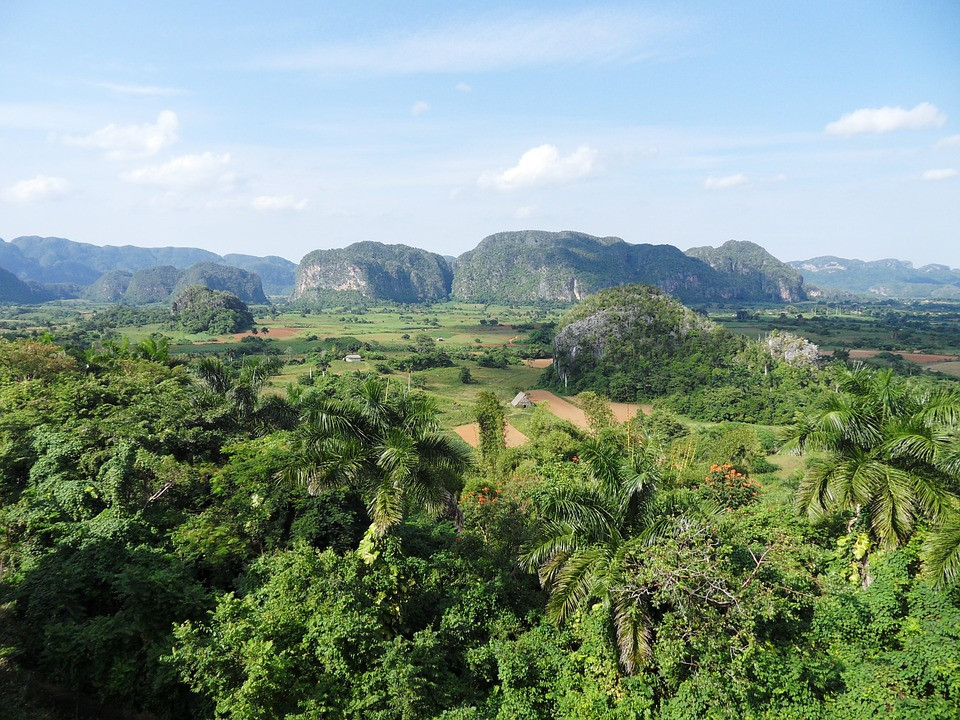Cuba's environment under threat
Published: Apr 14, 2016 Reading time: 3 minutes Share: Share an articleAs Cuba’s tourism flourishes, its environment suffers. The increase in hotels and golf courses only hurts the island’s dwindling water supply and vulnerable landscapes. The nearly absent recycling laws and lack of education regarding the environment only intensify the need for government action. What are the 7 main issues threatening Cuba's environment?

The agro-ecological crisis: non-sustainable agriculture and GMOs
Cuba has no legislation that prohibits or controls the production, use or consumption of genetically modified organisms (GMOs). The technology for the cultivation of such organisms is completely incompatible with the Cuban agro-ecological model. GMOs are being introduced into maize and soya, the main components of the Cuban peoples diets, without the knowledge of the public. There are multiple possible health and environmental implications of these crops that can damage the lives of the Cuban people.
Lack of environmental protection in protected areas leading to increase in deforestation and vulnerability of endangered species
Cuba has an absence of effective legislation for protecting the country’s native animals and plants. In addition, the government has decided to expand tourism, which will create clear, immediate and inevitable difficulties in protecting ecologically significant areas. There has already been a dramatic reduction of vegetation due to deforestation.
The treatment of solid waste
Cuba’s Environment Law 33 from January of 1981 regarding recycling and the treatment of solid waste has been generally ignored. The law itself is completely outdated and refers to bodies of government that no longer exist and can therefore not carry out the tasks necessary. The country suffers from a lack of garbage containers, leaving citizens to dispose of their waste and garbage on the streets. The majority of organizations on the island do not have the resources or funds to train staff to carry out the work of garbage collection.
The hydrological crisis
Cuba is experiencing desertification due to droughts, lack of rainfall and leaks in the system. Since 2012 this combination of factors has led to the total or partial depletion of more than 350 water sources on the island. Despite the clear signs for the need for water conservation, the Ministry of Tourism has continued to promote the creation of a significant number of golf courses and construction projects that increase water consumption dramatically.
The continued application of a contaminating energy matrix
Cuba continues to use environmentally detrimental energy sources, particularly fossil fuels. A system similar to fracking has begun to take place as well despite being proven unsafe for the environment.
The impact of opencast mining
Mining in Cuba has caused total destruction of the vegetation, fauna and topography, as well as the pollution of the island’s air, soil and rivers. Much of the exploited land cannot be rehabilitated after the mining operations leave the area. The term lunar landscape is used to describe these lands because all life forms have been annihilated. Those who live in or near these mines suffer acute respiratory illnesses due to the constant dust.
Lack of environmental education
Students in Cuba’s education system have no awareness of the environmental challenges facing their country or how they can be a part of the solution.



